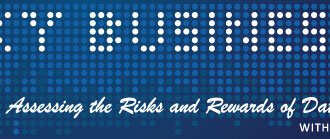More statisticians are looking at the Iranian voting data for signs of fraud. Walter Mebane (University of Michigan) looks at district-level vote counts to check for violations of Benford’s Law. Benford’s Law is a characteristic of real-live numbers: the first digit is a 1 almost one-third of the time, with higher digits appearing increasingly infrequently. (It’s another example of a power-law distribution, such as we looked at with regard to city populations.) Elections that have been manipulated by hand are sometimes revealed by disaggregated poll counts violating Benford’s Law. Unfortunately, with only district-level data, deviation from Benford’s Law is unlikely…
More statisticians are looking at the Iranian voting data for signs of fraud. Walter Mebane (University of Michigan) looks at district-level vote counts to check for violations of Benford's Law. Benford's Law is a characteristic of real-live numbers: the first digit is a 1 almost one-third of the time, with higher digits appearing increasingly infrequently. (It's another example of a power-law distribution, such as we looked at with regard to city populations.) Elections that have been manipulated by hand are sometimes revealed by disaggregated poll counts violating Benford's Law.
In general, combining the 2005 and 2009 data conveys the impression that a substantial core of the 2009 results reflected natural political processes. In 2009 Ahmadinejad tended to do best in towns where his support in 2005 was highest, and he tended to do worst in towns where turnout surged the most. These natural aspects of the election results stand in contrast to the unusual pattern in which all of the notable discrepancies between the support Ahmadinejad actually received and the support the model predicts are always negative. This pattern needs to be explained before one can have confidence that natural election processes were not supplemented with artificial manipulations.






